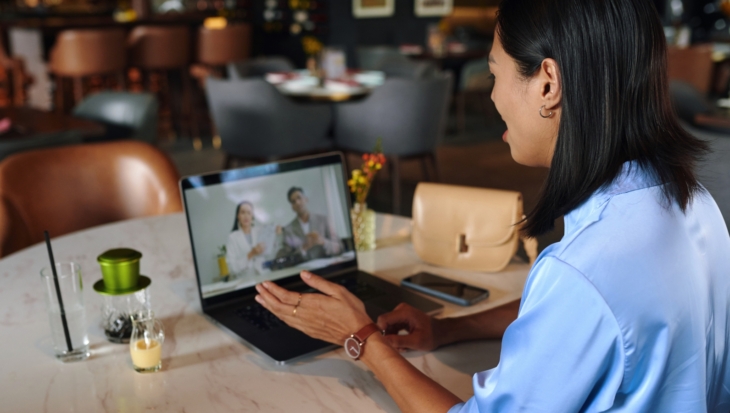5 tips to get the most out of pro bono volunteers
Unlock the full potential of skilled volunteers with a few simple strategies
Posted 6 November 2025

There is no such thing as a single-issue struggle, because we do not live single-issue lives.
Audre Lorde
You might have heard the term ‘intersectionality’ recently. Maybe you’ve seen it in a book, on social media, or during a chat with colleagues. Intersectionality has become an essential term in conversations about multiple inequalities and interlocking identities. But what exactly does it mean, and why is it important for charities?
This resource will unpack common questions around Intersectionality and explore why viewing our work through an intersectional lens is crucial for building a fairer and more inclusive third sector.
With special mention and thanks to Liz Ward, expert facilitator, speaker, and consultant. This online resource is inspired and adapted from ‘Intersectionality Unpacked’, a session on Intersectionality delivered by Liz.
Intersectionality, at its core, is the recognition that our experiences of discrimination and privilege are shaped by the fact that we all have multiple social identities. When these identities interlock, they create distinct experiences that can hold both unique types of privilege and discrimination. These identities can range across, but are not limited to, culture, ethnicity, religion, gender, sexuality, and class.
I’ll use myself as an example. I’m Jodie, the Marketing Manager here at Media Trust. My experiences and identities intersect in unique ways. I identify as LGBTQ+, neurodiverse, female, and I live with multiple disabilities. These parts of my identity have led to experiences of discrimination and social isolation, but I also experience certain types of privilege since I’m white and cisgender.
Regardless of whether these aspects of my identity are visible or hidden, they intersect and influence one and other, shaping the way I navigate the world. Intersectionality reminds us all that our lives are complex and simply cannot be reduced to single issues.
Originally coined by activist Kimberlé Crenshaw, Intersectionality focuses on where areas of oppression and marginalisation intersect. But the concept of Intersectionality isn’t new. In fact, we can see discussions of intersectionality as far back as the 19th century from pioneers such as Sojourner Truth and her infamous speech, ‘Ain’t I a woman?’. But the term was introduced to us by Crenshaw, providing us all with a phrase that reflects a long history of interlocking oppressions.
At their best, charities work tirelessly to improve the lives of individuals across society with no interest in gaining a profit. Good intentions, however, are not enough to ensure that our society’s most vulnerable people do not feel invisible. Considering Intersectionality is vital in ensuring our support is wide-reaching and effective.
By understanding that everyone has multiple, overlapping identities, charities can create programmes and services that recognise individuals cannot simply ‘switch off’ parts of their identity.
So, you know what Intersectionality is, and why it’s important. What’s next? It’s time to look at embedding intersectionality in your day-to-day work and practice.
Let’s say you’re working on an awareness raising campaign for your charity, and you want to ensure your campaign is intersectional. Liz recommends kicking off your planning using the LENS tool.
A key part of committing to supporting intersectional identities is around starting conversations. Here are some questions to consider:
For more information, look no further than our Intersectional Storyteller’s Toolkit, a free five-day email series designed to enhance your charity’s intersectional approach in communications and media.
Intersectional Storyteller's ToolkitUnlock the full potential of skilled volunteers with a few simple strategies
Posted 6 November 2025

How can your charity get better results from AI without extra budget? By mastering great prompts.
Posted 22 September 2025

A dive into how early-career creatives can use AI effectively and responsibly AI is undeniably transforming the creative and media landscape. For many early-career creatives, this can feel intimidating. But if used correctly, AI can...
Posted 22 September 2025
